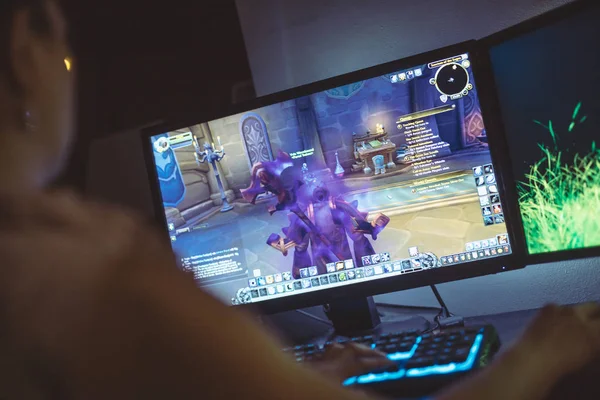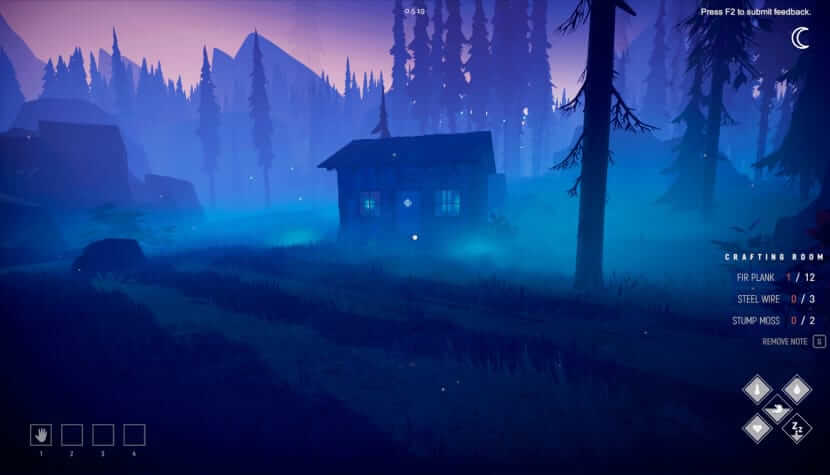In recent years, the realm of game development has witnessed a remarkable transformation with the integration of artificial intelligence (AI) into various aspects of the creation process. One area that has seen significant advancement is procedural content generation (PCG) powered by AI. This innovative approach to content creation is changing the landscape of game development, enabling developers to create expansive and dynamic game worlds, enriching player experiences, and optimizing production pipelines.
Understanding Procedural Content Generation:
Procedural content generation is a technique where computer algorithms are used to create content dynamically, often using predefined rules and patterns. In the context of game development, procedural content generation involves creating in-game elements such as terrain, levels, characters, items, textures, and more, using algorithms instead of manually designing each piece of content. This approach offers numerous benefits, including reduced development time, increased content variety, and the ability to create intricate and realistic environments that would be otherwise impractical to design by hand.

The Marriage of AI and Procedural Content Generation:
The emergence of AI has taken procedural content generation to a whole new level. AI-driven PCG involves using machine learning algorithms, neural networks, and other AI techniques to generate content that goes beyond simple rule-based generation. Instead of relying solely on predetermined patterns, AI-driven PCG systems learn from existing content and player interactions, allowing them to create content that is tailored to individual player preferences and evolving gameplay dynamics.
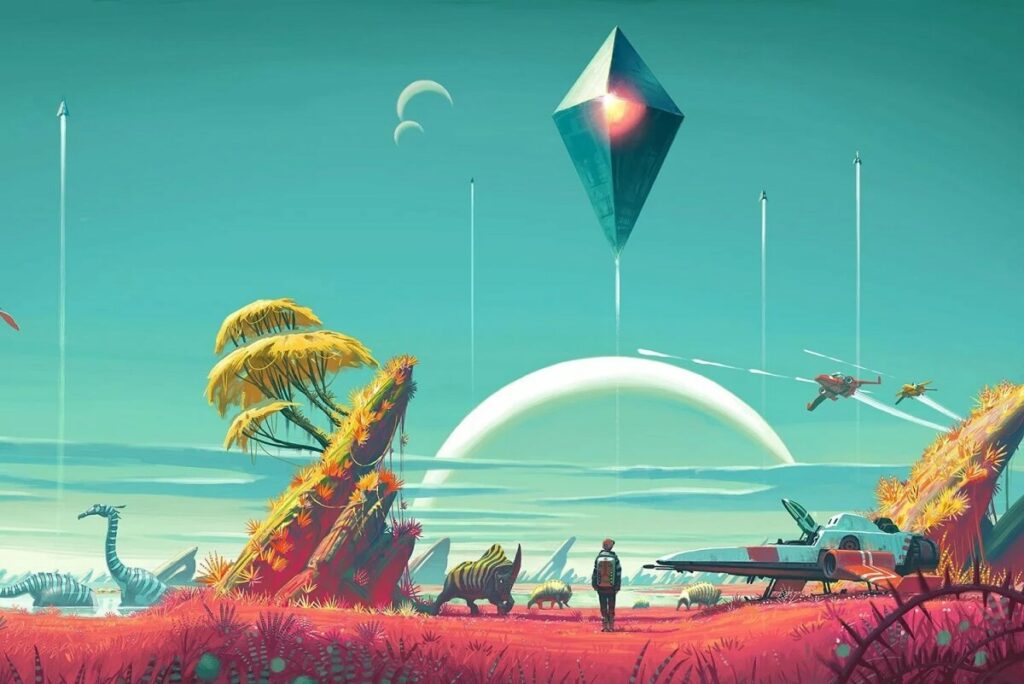
Advantages of AI-Driven Procedural Content Generation:
- Endless Variation: AI-driven PCG can create an almost infinite variety of content, ensuring that players never encounter the same experience twice. This not only keeps players engaged but also extends the replayability of games.
- Efficiency: Traditional content creation can be time-consuming and resource-intensive. AI-driven PCG accelerates the development process by generating content rapidly and automatically, freeing up developers to focus on other aspects of game design.
- Adaptability: AI can adapt content generation based on player behavior and preferences. For example, if players consistently prefer certain types of challenges, the AI can generate levels that cater to those preferences.
- Scalability: In games with expansive worlds, it’s difficult for developers to manually design every nook and cranny. AI-driven PCG can seamlessly generate large and detailed environments that would be unfeasible to create manually.
- Dynamic Gameplay: AI-driven PCG can respond to in-game events and adjust content generation accordingly. This dynamic approach keeps gameplay fresh and responsive to player actions.
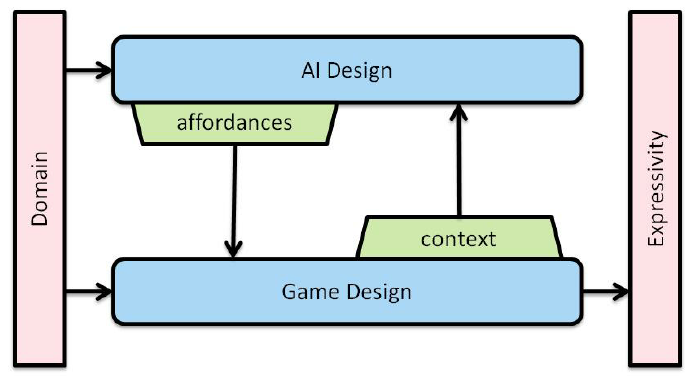
Use Cases in Game Development:
- Terrain Generation: AI-driven PCG can create complex and realistic terrains for open-world games, ensuring diverse landscapes with natural features like mountains, rivers, and forests.
- Level Design: From platformers to first-person shooters, AI can generate intricate and challenging levels that adapt to players’ skill levels and progression.
- Character and Creature Design: AI algorithms can produce unique characters and creatures with varying attributes, behaviors, and appearances, enriching the game’s ecosystem.
- Narrative Generation: AI-driven PCG can create branching storylines and quests based on player decisions, enabling personalized narrative experiences.
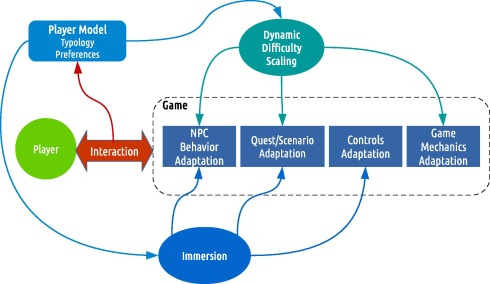
Challenges and Future Directions:
Despite its advantages, AI-driven PCG also presents challenges. Balancing AI-generated content with handcrafted elements to maintain a cohesive experience requires careful consideration. Ensuring that AI-generated content aligns with the game’s intended aesthetics and mechanics can be complex.
As AI continues to evolve, the future of AI-driven PCG looks promising. With advancements in machine learning and neural networks, AI systems will become even more adept at understanding player preferences, generating content that feels handcrafted, and seamlessly integrating AI-generated elements into games.
In Conclusion:
AI-driven procedural content generation represents a groundbreaking approach to game development, offering unprecedented creativity, efficiency, and adaptability. This synergy between AI and content generation is redefining player experiences, enabling developers to create vast and diverse worlds that evolve alongside player interactions. As technology continues to progress, AI-driven PCG is poised to play a pivotal role in shaping the future of game development, pushing the boundaries of what is possible in virtual interactive worlds.



